Home>Furniture>Bedroom Furniture>How To Pack A Bed Frame For Moving


Bedroom Furniture
How To Pack A Bed Frame For Moving
Modified: January 5, 2024
Learn how to properly pack and protect your bedroom furniture, specifically your bed frame, for a smooth and stress-free move. Expert tips and tricks for packing your bed frame like a pro!
(Many of the links in this article redirect to a specific reviewed product. Your purchase of these products through affiliate links helps to generate commission for Storables.com, at no extra cost. Learn more)
Introduction
Moving can be a daunting task, especially when it comes to furniture like bed frames. Bed frames are often large and bulky, and not properly packing them can result in damage during transit. Whether you’re moving to a new home or just storing your bed frame temporarily, it’s important to know how to pack it correctly to ensure its safety and longevity.
In this article, we will provide you with a comprehensive guide on how to pack a bed frame for moving. We’ll take you through each step of the process, from disassembling the frame to loading and transporting it. By following these steps and utilizing the right tools and supplies, you can ensure that your bed frame arrives at its destination in perfect condition.
Before we dive into the packing process, let’s take a look at the tools and supplies you’ll need. Having these on hand will make the job easier and more efficient.
Key Takeaways:
- Properly disassemble, label, and protect your bed frame components to ensure a smooth and damage-free moving process. Use the right tools and supplies for efficient packing and transportation.
- Securely load, transport, and unload your bed frame components with caution and care to guarantee their safe arrival at the new location. Follow the step-by-step guide for a stress-free move.
Read more: How To Move A Bed Frame
Tools and Supplies Needed
To successfully pack a bed frame, you will need the following tools and supplies:
1. Screwdriver set: A set of screwdrivers will be essential for disassembling the bed frame. Make sure you have a variety of sizes to accommodate different types of screws.
2. Ziplock bags: These are handy for keeping small hardware pieces, such as bolts, nuts, and screws, organized and easily accessible. Label each bag with the corresponding bed frame component to avoid confusion later.
3. Packing materials: You will need a variety of packing materials to protect the bed frame during transit. This includes bubble wrap, packing paper, moving blankets, and furniture covers. These materials will help prevent scratches, dents, and other damage.
4. Plastic stretch wrap: This transparent plastic wrap is ideal for securing loose components and protecting them from dust and dirt. It can also help hold parts together to make the moving process more manageable.
5. Moving boxes: Choose sturdy, appropriately sized moving boxes to pack the disassembled bed frame components. Make sure the boxes are large enough to accommodate the largest pieces and have enough extra space for padding and protection.
6. Packing tape: High-quality packing tape is essential for sealing the boxes securely. Opt for tape that is strong and durable to ensure that the boxes remain intact throughout the moving process.
7. Labels and markers: Using labels and markers will help you stay organized and make unpacking easier. Label each box with the specific bed frame component it contains and clearly mark fragile items.
By gathering these tools and supplies in advance, you’ll be well-prepared and ready to tackle the packing process with ease. Now that you have everything you need, let’s move on to the step-by-step instructions for packing a bed frame.
Step 1: Disassembling the Bed Frame
Before you can pack a bed frame, it’s essential to disassemble it. This will make it easier to transport and pack the individual components. Here’s a step-by-step guide on how to disassemble your bed frame:
1. Clear the area: Start by clearing the area around the bed frame. Remove any bedding, mattresses, and other items that may obstruct the disassembly process.
2. Take photos for reference: It’s a good idea to take photos of the bed frame before you begin disassembling it. These photos will serve as a visual reference when it’s time to reassemble the frame later.
3. Remove the mattress and bedding: Remove the mattress and bedding from the bed frame. Set them aside in a clean and safe area.
4. Remove the headboard and footboard: Depending on the design of your bed frame, you may need to unscrew or detach the headboard and footboard. Follow the manufacturer’s instructions for the specific model of your bed frame.
5. Remove the side rails: Carefully remove the side rails that connect the headboard and footboard. This may involve unscrewing bolts or sliding the rails out of brackets or hooks. Keep any screws or hardware in a ziplock bag for safekeeping.
6. Disassemble the slats or support system: If your bed frame has slats or a support system, remove them next. Unscrew any brackets or clips holding the slats in place and carefully lift them out.
7. Store hardware separately: As you disassemble the bed frame, be sure to keep all hardware, such as bolts, nuts, screws, and brackets, together. Place them in a labeled ziplock bag or small container. This will prevent them from getting lost or mixed up during the moving process.
By following these steps, you can successfully disassemble your bed frame and prepare it for packing. Remember to keep all the components well-organized and the hardware safely stored. In the next step, we’ll discuss labeling and organizing the bed frame parts, so you know exactly which piece goes where when it’s time to reassemble.
Step 2: Labeling and Organizing Bed Frame Parts
To ensure a smooth reassembly process, it’s crucial to label and organize the various parts of your bed frame. By doing so, you’ll know exactly which piece belongs where, saving you time and frustration. Here’s how to label and organize bed frame parts effectively:
1. Prepare labels: Get a pack of adhesive labels or use a marker to write directly on tape. Use clear and descriptive labels, indicating the specific component to which they belong. For example, “Headboard,” “Footboard,” “Side Rails,” “Slats,” etc.
2. Attach labels: Attach the labels directly onto each bed frame component. Place them in a visible and easily accessible spot, such as the backside or underside of the pieces. This will prevent the labels from getting lost during the packing and moving process.
3. Group similar parts: Group similar parts together to keep things organized. This will make it easier to locate the necessary components when it’s time to reassemble the bed frame. For example, place all the side rails together and stack the slats in a neat pile.
4. Secure loose parts: If there are any loose parts or hardware, such as screws or brackets that cannot be attached to the bed frame, place them in a labeled ziplock bag or small container. Ensure the bag/container is securely attached to one of the bed frame components so that it doesn’t get misplaced.
5. Take inventory: It’s a good idea to create an inventory list of all the labeled components. This serves as an additional reference point during the unpacking and reassembly process.
By labeling and organizing your bed frame parts, you can streamline the reassembly process and minimize confusion. When it’s time to rebuild your bed frame at your new location, you’ll have everything you need readily available. In the next step, we’ll discuss cleaning and preparing the bed frame for packing, ensuring it’s in the best possible condition when it’s time to use it again.
Step 3: Cleaning and Preparing the Bed Frame for Packing
Before packing your bed frame for a move, it’s essential to clean and prepare it properly. This step helps to ensure that your bed frame stays in good condition during transit and is ready for use once you reach your new destination. Here’s how to clean and prepare your bed frame for packing:
1. Remove any dust and debris: Start by removing any dust and debris from the bed frame. Use a vacuum cleaner with a brush attachment or a soft cloth to wipe down the surfaces. Pay special attention to crevices and corners where dirt may accumulate.
2. Clean with a mild detergent: For any stubborn stains or dirt, mix a small amount of mild detergent with water and use a soft cloth to gently clean the affected areas. Avoid using harsh chemicals or abrasive materials that could damage the bed frame’s finish.
3. Dry thoroughly: After cleaning, ensure that the bed frame is completely dry before packing it. Wipe away any excess moisture with a dry cloth and allow it to air dry for a few hours if necessary. Moisture can lead to mold or damage during storage or transportation.
4. Check for loose or damaged parts: Inspect the bed frame for any loose or damaged parts. Tighten any loose screws or bolts and make necessary repairs before packing. This will help prevent further damage during transit.
5. Disassemble further if needed: Depending on the size and construction of your bed frame, you may need to disassemble it further to make it more manageable for packing. Follow the manufacturer’s instructions to safely dismantle any remaining components.
6. Protect delicate features: If your bed frame has delicate features, such as decorative edges or intricate carvings, consider using protective coverings. Use bubble wrap or moving blankets to safeguard these areas from scratches or dings during the move.
By taking the time to clean and prepare your bed frame before packing, you’ll ensure that it remains in optimal condition. Now that your bed frame is clean and ready, it’s time to proceed to the next step: wrapping the bed frame components for added protection during transportation.
Read more: How To Move A Tempurpedic Bed Frame
Step 4: Wrapping the Bed Frame Components
To provide an extra layer of protection for your bed frame during transportation, it’s important to wrap each component securely. This will help prevent scratches, dents, and other damage that may occur during the moving process. Here’s how to wrap the bed frame components effectively:
1. Start with bubble wrap or moving blankets: Begin by wrapping the individual components of the bed frame with bubble wrap or moving blankets. These soft and protective materials will create a shock-absorbing layer, safeguarding the frame from potential impact during transit.
2. Secure the wrap with packing tape: As you wrap each component, use packing tape to secure the bubble wrap or moving blankets in place. Make sure the tape is tight enough to hold the covering firmly but not so tight that it causes damage to the bed frame.
3. Pay extra attention to corners and edges: Pay special attention to the corners and edges of the bed frame, as they are particularly vulnerable to damage. Add additional layers of bubble wrap or padding to provide extra cushioning in these areas.
4. Wrap each component individually: Wrap each component of the bed frame individually to avoid any potential scratching or rubbing between pieces during the move. This will help maintain the integrity of the bed frame and ensure its safe arrival at the destination.
5. Use plastic stretch wrap for added protection: For an additional layer of security, consider using plastic stretch wrap around the wrapped components. This will help keep all the wrapping materials in place and provide extra protection against dust, dirt, and moisture.
6. Repeat the process for all components: Continue wrapping each individual component of the bed frame using these steps. Make sure to keep the parts organized and labeled as you go along.
By wrapping the bed frame components with bubble wrap, moving blankets, and plastic stretch wrap, you’ll provide an added layer of protection to safeguard your bed frame during transportation. In the next step, we’ll discuss how to protect fragile parts and hardware to prevent any potential damage.
When packing a bed frame for moving, disassemble it into smaller pieces to make it easier to transport. Use ziplock bags to store small parts and label them for easy reassembly. Wrap the larger pieces in moving blankets to protect them during transit.
Step 5: Protecting Fragile Parts and Hardware
When packing a bed frame, it’s crucial to pay special attention to any fragile parts and hardware to prevent damage during transportation. Fragile components, such as decorative elements or intricate hardware, require extra care to ensure their safety. Here’s how to protect fragile parts and hardware when packing a bed frame:
1. Wrap delicate pieces individually: Identify any delicate or fragile parts of your bed frame, such as decorative accents or intricate hardware. Wrap each of these components individually with bubble wrap or a soft cloth to provide an additional layer of protection.
2. Secure loose hardware: Ensure that all loose hardware, such as screws, bolts, and brackets, are securely stored. You can use small plastic bags or containers to keep them organized and prevent them from getting lost during the move. Attach the bags or containers to the corresponding bed frame component using tape or zip ties.
3. Place hardware in a labeled bag: For convenience during the unpacking process, label each bag of hardware with the specific bed frame component it belongs to. This will make it easier to locate the necessary hardware when it’s time to reassemble the bed frame.
4. Consider using small boxes or containers: If you have multiple delicate or small hardware pieces, consider placing them in a small box or container. This will help keep them organized and protect them from getting damaged or misplaced during the move.
5. Label the boxes or containers: Clearly label the boxes or containers that contain the fragile components and hardware. Use a “fragile” label or handle with care” to indicate that the contents are delicate and require special attention during transportation.
6. Pack the fragile parts separately: When packing the bed frame components in boxes or containers, place the fragile parts and hardware separately from the larger, bulkier pieces. This will prevent them from getting damaged due to any shifting or impact that may occur during the move.
By taking the time to protect fragile parts and hardware, you’ll minimize the risk of damage to these delicate components during transportation. Now that you’ve taken the necessary precautions to protect your bed frame, it’s time to proceed to the next step: packing the bed frame components in boxes.
Step 6: Packing the Bed Frame Components in Boxes
Once you have wrapped and protected the bed frame components, it’s time to pack them securely in boxes for transportation. Properly packing the components will ensure they stay safe and organized throughout the moving process. Here’s how to pack the bed frame components in boxes effectively:
1. Choose the right-sized boxes: Select sturdy cardboard boxes that are appropriate in size for the different bed frame components. Make sure the boxes are large enough to accommodate the components comfortably, with some extra space for padding and protection.
2. Line the bottom of the boxes: Place some packing paper or bubble wrap at the bottom of each box. This protective layer will provide cushioning and prevent any direct contact between the bed frame components and the box.
3. Start with the larger pieces: Begin by placing the larger and bulkier bed frame components in the box. Ensure they are securely wrapped in the protective materials.
4. Fill empty spaces: Fill any empty spaces inside the box with additional packing materials, such as bubble wrap or packing peanuts. This will help prevent shifting of the components during transit and provide further cushioning.
5. Pack smaller components separately: For smaller bed frame components, such as slats or hardware, consider packing them separately in labeled ziplock bags or small containers. Place these bags or containers inside the larger box along with the other components.
6. Stack components carefully: If you need to stack multiple components in a box, make sure to stack them with care. Place a layer of packing materials between each piece to prevent any potential damage or scratching.
7. Avoid overpacking: While it’s important to utilize the space in the box efficiently, avoid overpacking. Overpacking can lead to boxes becoming too heavy or increase the risk of damage to the bed frame components.
8. Tape and secure the box: Once all the bed frame components are safely packed inside the box, secure it with packing tape. Reinforce the seams and edges of the box to ensure it remains intact during transit.
9. Label the box: Clearly label each box with the specific bed frame component or the room it belongs to. This will make the unpacking process easier and allow for efficient organization at your new location.
By packing the bed frame components in boxes, you’ll protect them from damage and keep them organized during transportation. The next step will discuss how to secure and seal the boxes for added protection during the move.
Step 7: Securing and Sealing the Boxes
Once you have packed the bed frame components in boxes, it’s important to secure and seal the boxes properly. This will ensure that the components stay safe and protected during the moving process. Here’s how to secure and seal the boxes effectively:
1. Reinforce the bottom of the box: Before placing the bed frame components inside, reinforce the bottom of the box with an additional layer of packing tape. This will provide extra strength and prevent the box from giving way under the weight of the contents.
2. Place heavier components at the bottom: When loading the bed frame components into the box, place the heavier and bulkier pieces at the bottom. This will help maintain the stability and balance of the box.
3. Fill gaps with packing materials: As you pack the components, fill any remaining gaps in the box with additional packing materials, such as bubble wrap or packing peanuts. This will help prevent shifting during transit and provide cushioning.
4. Seal the box securely: Once all the bed frame components are inside the box, fold the flaps down and seal them securely with packing tape. Run the tape along all the seams to ensure the box remains closed and secure throughout the move.
5. Tape over any openings: If there are any openings or gaps in the box, tape over them with packing tape to prevent dust, dirt, or moisture from entering the box.
6. Test the box’s sturdiness: Before moving the box, give it a gentle shake to ensure that the contents do not shift or move excessively. If there is any movement, add more packing materials to secure the components further.
7. Label the box: Clearly label each box with the specific bed frame component or the room it belongs to. This will help identify the contents easily during the unpacking process.
8. Keep an inventory list: Create an inventory list of all the packed boxes, including a detailed description of the contents. This will help you keep track of each component and ensure that nothing is missing or left behind.
By securing and sealing the boxes properly, you’ll provide an added layer of protection to the bed frame components during the move. This brings us to the next step: labeling and marking the boxes for easy identification.
Read more: How To Pack Pillows For Moving
Step 8: Labeling and Marking the Boxes
Properly labeling and marking the boxes containing the bed frame components is essential for a smooth moving process. It helps with organization, allows for easy identification, and ensures that the boxes are handled with care. Here’s how to label and mark the boxes effectively:
1. Use clear and descriptive labels: Clearly label each box with a detailed description of its contents. Use a permanent marker or labels that are easy to read and understand. Include specific information, such as “Bed Frame: Side Rails” or “Bed Frame: Hardware.”
2. Number the boxes: Assign a number to each box to help keep track of inventory. You can create a corresponding inventory list with the box numbers and descriptions for easy reference.
3. Label fragile items: If there are any fragile components or delicate parts inside the box, make sure to label them as “fragile” or “handle with care.”
4. Indicate room destination: Label each box with the room it belongs to in your new location. Use room-specific labels such as “Bedroom” or “Master Bedroom.” This will help movers know exactly where to place each box during unloading.
5. Color-code the boxes: Consider color-coding the boxes based on the room or category they belong to. For example, use green labels for boxes containing bedroom items or red labels for boxes containing living room items. This visual cue can make unpacking and organizing easier.
6. Use arrows for box orientation: Draw arrows on the boxes to indicate which way is up. This will help prevent any mishandling or damage to the bed frame components during transportation.
7. Mark “fragile” or “heavy” on appropriate boxes: If there are boxes that contain particularly fragile items or heavy components, make sure to mark them accordingly. This will alert movers to exercise caution or provide extra assistance when handling those boxes.
8. Place labels on multiple sides of the box: To ensure visibility, place labels on multiple sides of the box. This makes it easier to identify the contents, even if the box is stacked or stored in a crowded space.
9. Keep a master inventory list: Maintain a master inventory list that includes the box numbers, descriptions, and destination rooms. This will help you keep track of all the packed items and make the unpacking process more organized.
By properly labeling and marking the boxes, you can easily locate and handle the bed frame components during the move. This brings us to the final step: loading and transporting the bed frame to its new destination.
Step 9: Loading and Transporting the Bed Frame
After all the bed frame components have been properly packed, labeled, and sealed, it’s time to load and transport them to their new destination. Taking the necessary precautions during this step will ensure that the bed frame arrives safely and remains protected. Here’s how to load and transport the bed frame:
1. Use a dolly or furniture sliders: If possible, use a dolly or furniture sliders to move the heavier and bulkier bed frame components. This will minimize the strain on your back and make it easier to maneuver the pieces.
2. Lift with care: When lifting the bed frame components, make sure to use proper lifting techniques and avoid lifting objects that are too heavy for you to handle safely. It’s always better to ask for help or use lifting equipment if needed.
3. Place heavier items at the bottom: When loading the bed frame components into the moving vehicle or truck, place the heavier items at the bottom. This will help distribute the weight evenly and prevent the lighter items from being crushed or damaged.
4. Use furniture blankets or straps: Use furniture blankets or straps to secure the bed frame components in the moving vehicle. This will prevent them from shifting or colliding with each other during transit.
5. Protect fragile items: For fragile components, provide extra cushioning and protection by placing them in a designated area with additional padding. Ensure that they are securely fastened and won’t be jostled during transport.
6. Secure the load: Once all the bed frame components are loaded, make sure to secure the load in the moving vehicle. Use tie-downs or ropes to keep the items in place and prevent any movement during transport.
7. Drive carefully: During transportation, drive carefully and avoid sudden stops or turns that could cause the bed frame components to shift. Observe traffic rules and maintain a safe speed to ensure a smooth and damage-free journey.
8. Unload with caution: When unloading the bed frame components at the new location, exercise caution and handle the items with care. Use lifting equipment as needed and follow proper lifting techniques to avoid injuries.
9. Verify inventory list: Upon arrival, check the inventory list to ensure that all the labeled boxes and components have arrived safely. Cross-reference the box numbers and descriptions to make sure everything is accounted for.
By following these steps, you can safely load, transport, and unload your bed frame components, ensuring their continued protection throughout the moving process. With the bed frame successfully relocated, you can now look forward to reassembling it and enjoying a peaceful night’s sleep in your new home.
Conclusion
Packing and moving a bed frame may seem like a daunting task, but with the right tools, supplies, and approach, it can be done smoothly and efficiently. By following the step-by-step guide outlined in this article, you can ensure that your bed frame remains protected and arrives at its new destination in perfect condition.
Starting with disassembling the bed frame and labeling and organizing its components, you set the groundwork for a successful packing process. Cleaning and preparing the bed frame before wrapping it with protective materials further safeguards it from potential damage during transit.
Taking extra care to protect fragile parts and hardware adds an additional layer of security, preventing any mishaps or breakages. Packing the bed frame components in appropriately sized boxes, securing and sealing them properly, and labeling them accurately make them easier to handle and unpack in your new space.
Loading and transporting the bed frame requires some strength and precaution, but with the use of proper lifting techniques and secure fastening, you can ensure a safe journey. Unloading the components at the new location with care completes the process.
By following these steps and utilizing the tips provided, you can confidently pack and transport your bed frame without worry. Remember, taking the time to properly pack and protect your bed frame ensures that it will continue to provide you with a comfortable and restful sleep in your new home.
So, gather the necessary tools and supplies, follow the step-by-step instructions, and prepare your bed frame for a seamless and stress-free move. With proper packing and careful handling, your bed frame will arrive safely and be ready for reassembly, allowing you to enjoy a good night’s sleep in your new bedroom. Happy moving!
Frequently Asked Questions about How To Pack A Bed Frame For Moving
Was this page helpful?
At Storables.com, we guarantee accurate and reliable information. Our content, validated by Expert Board Contributors, is crafted following stringent Editorial Policies. We're committed to providing you with well-researched, expert-backed insights for all your informational needs.
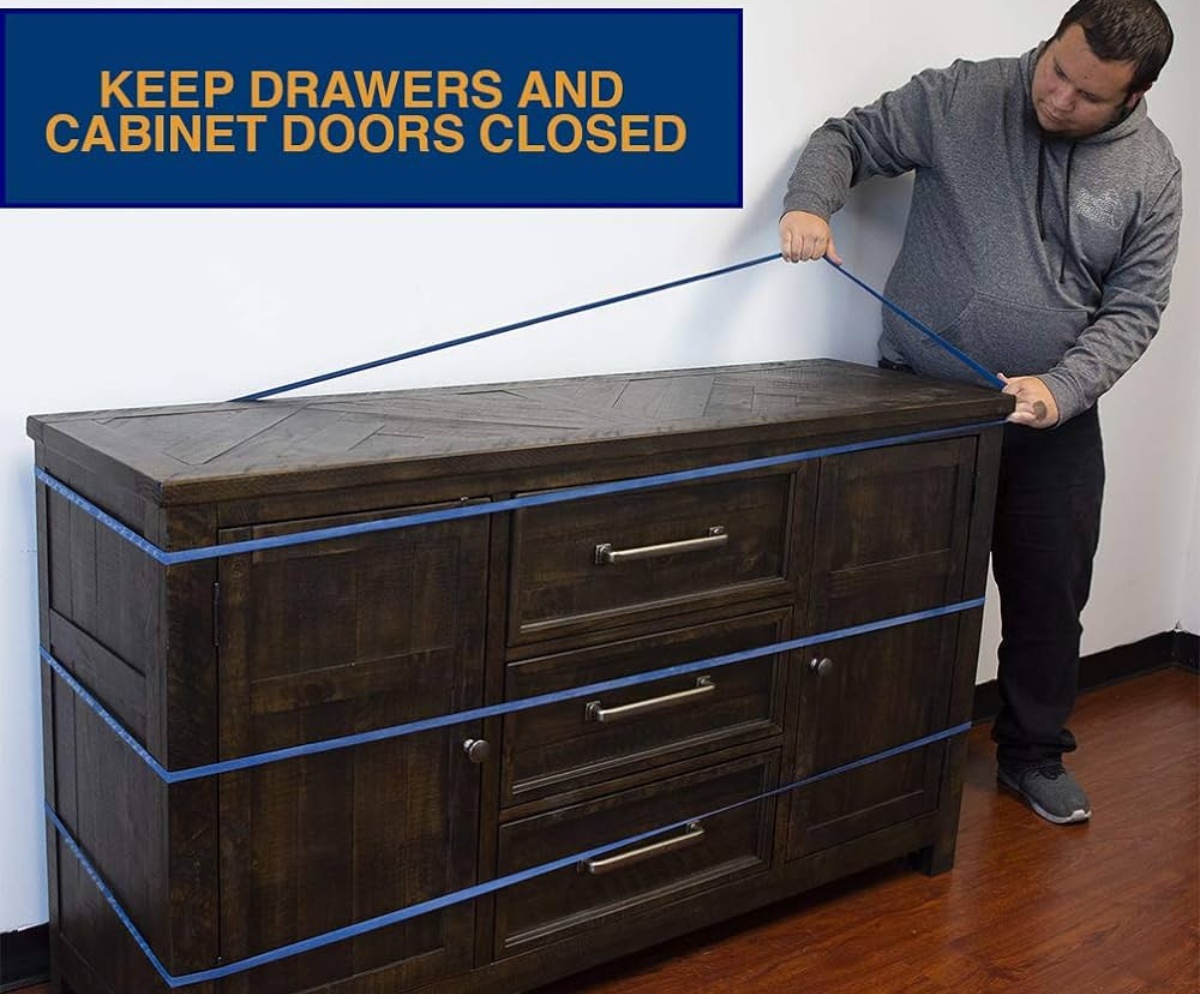
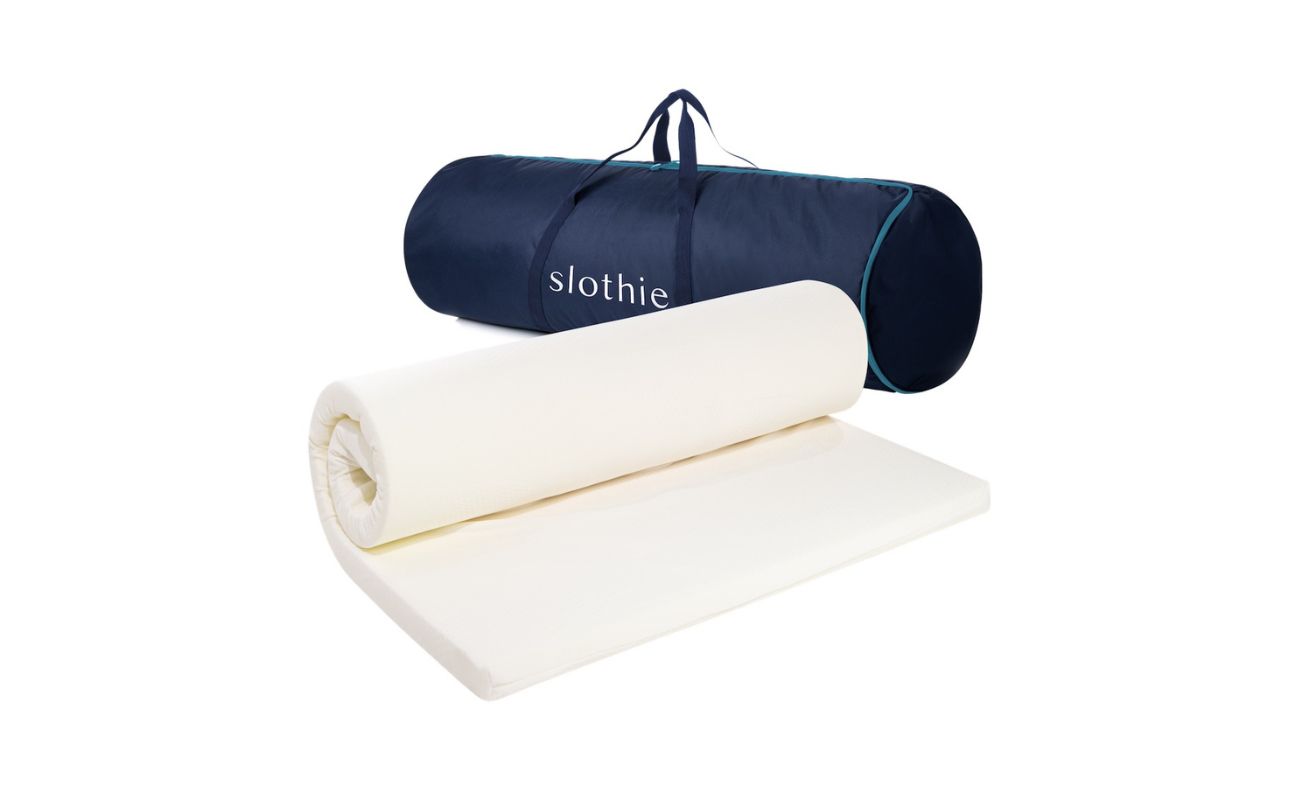
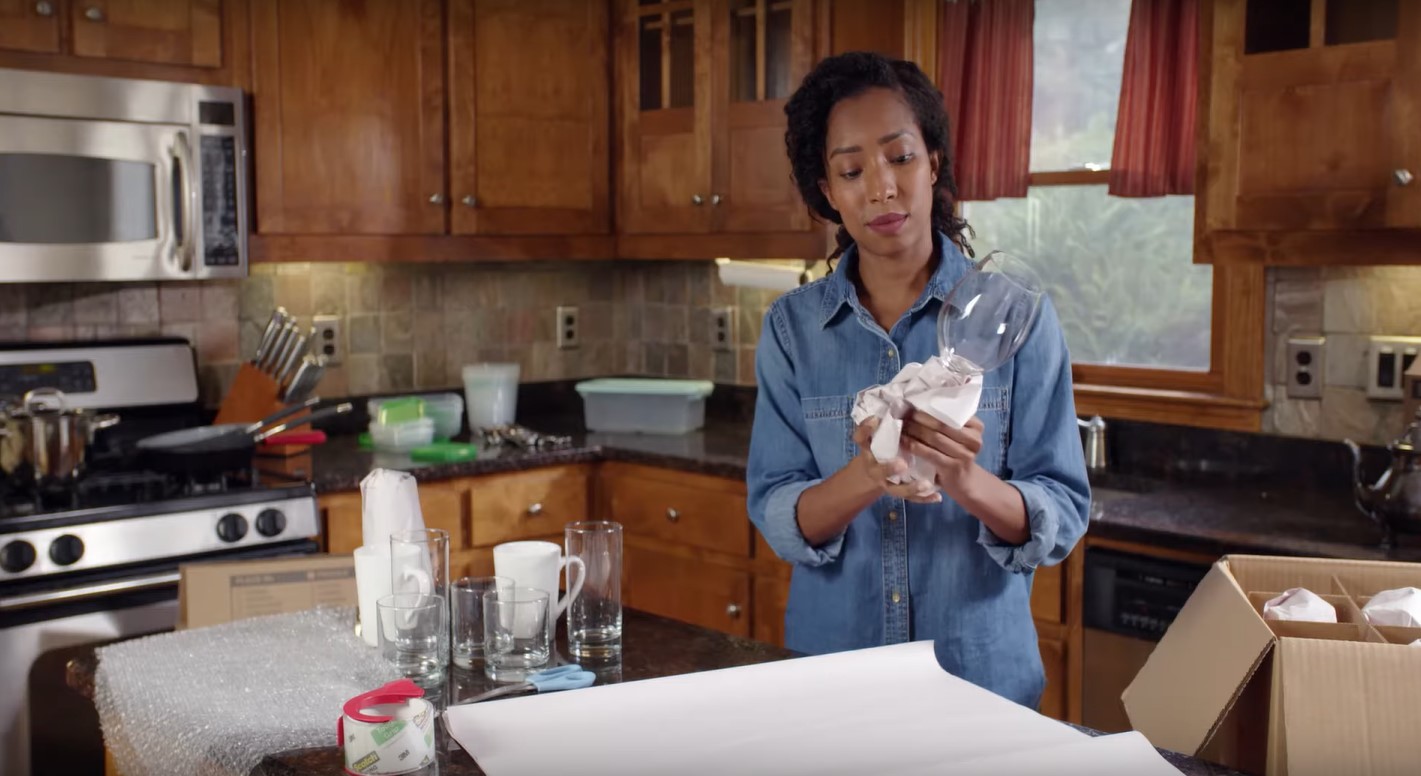
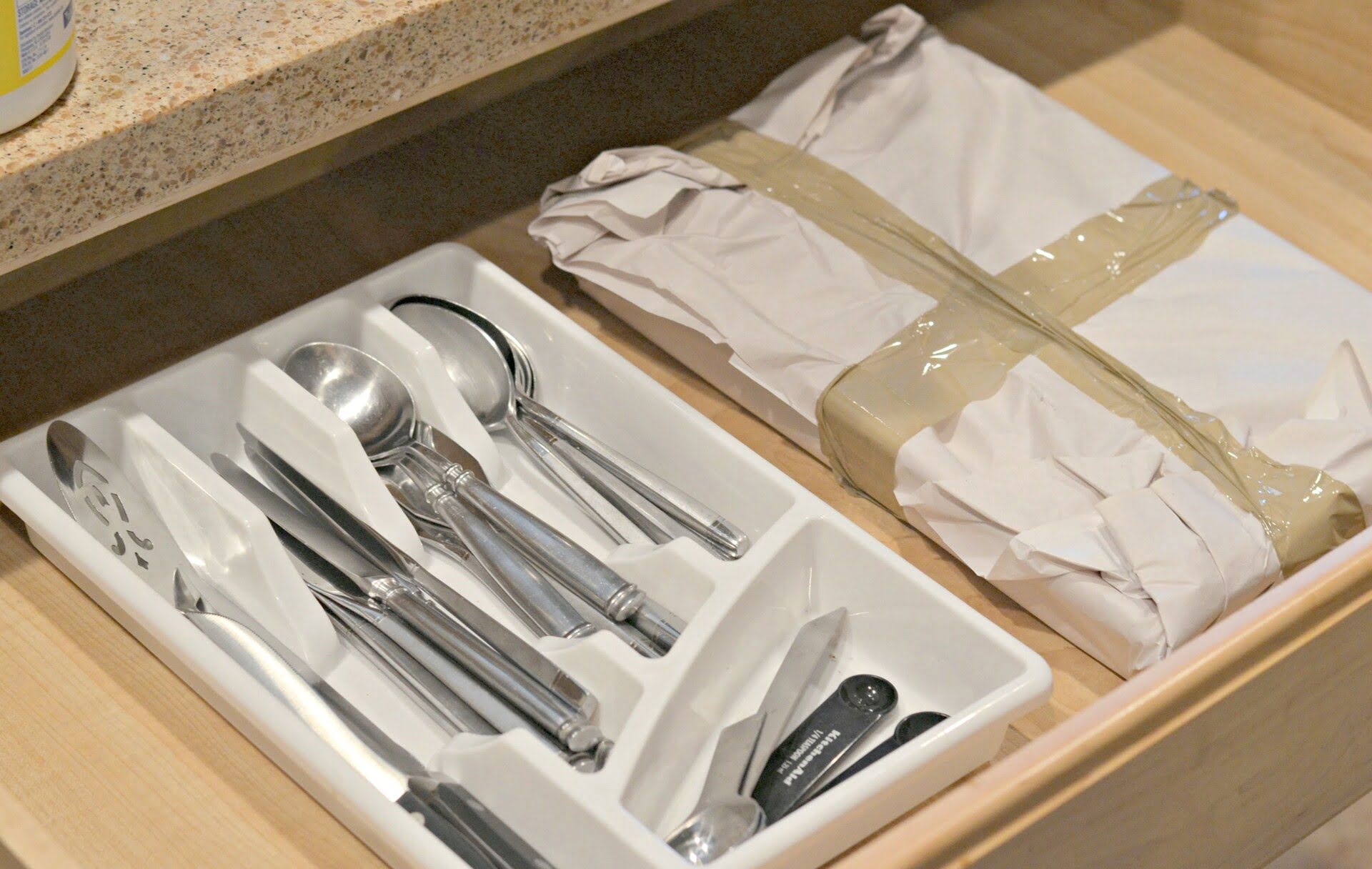

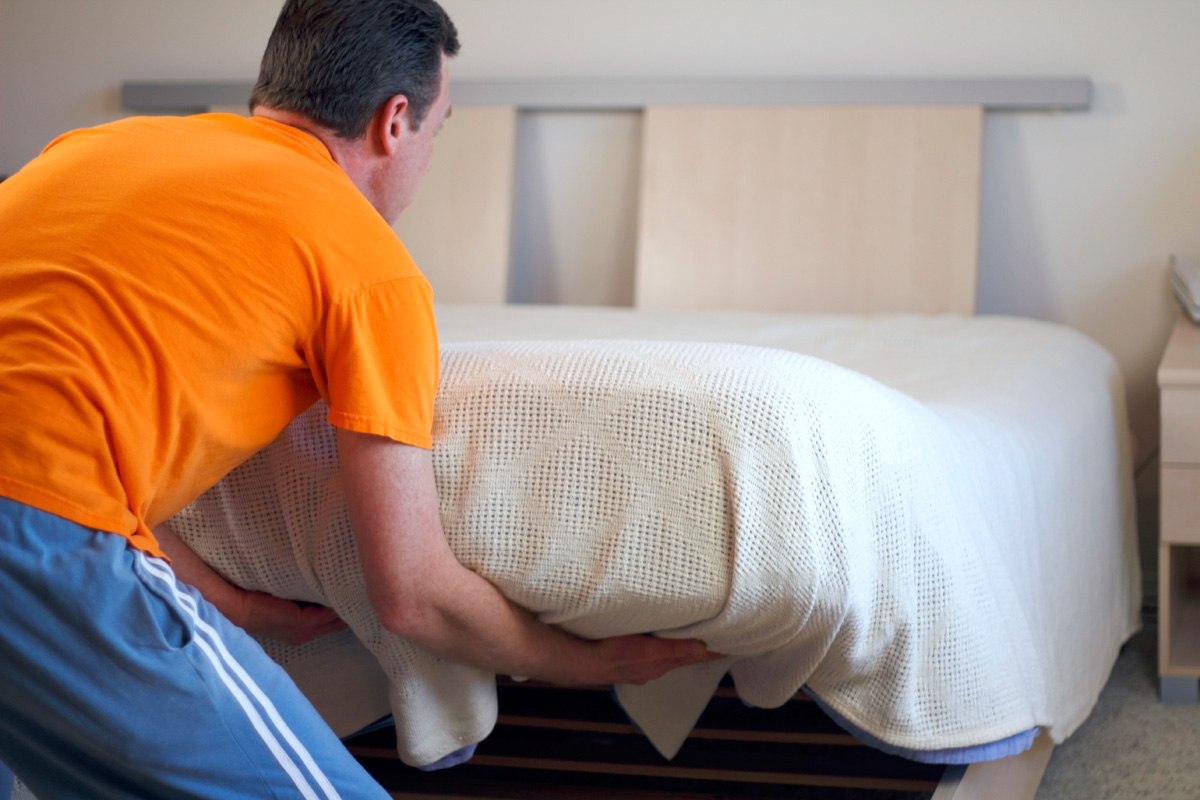
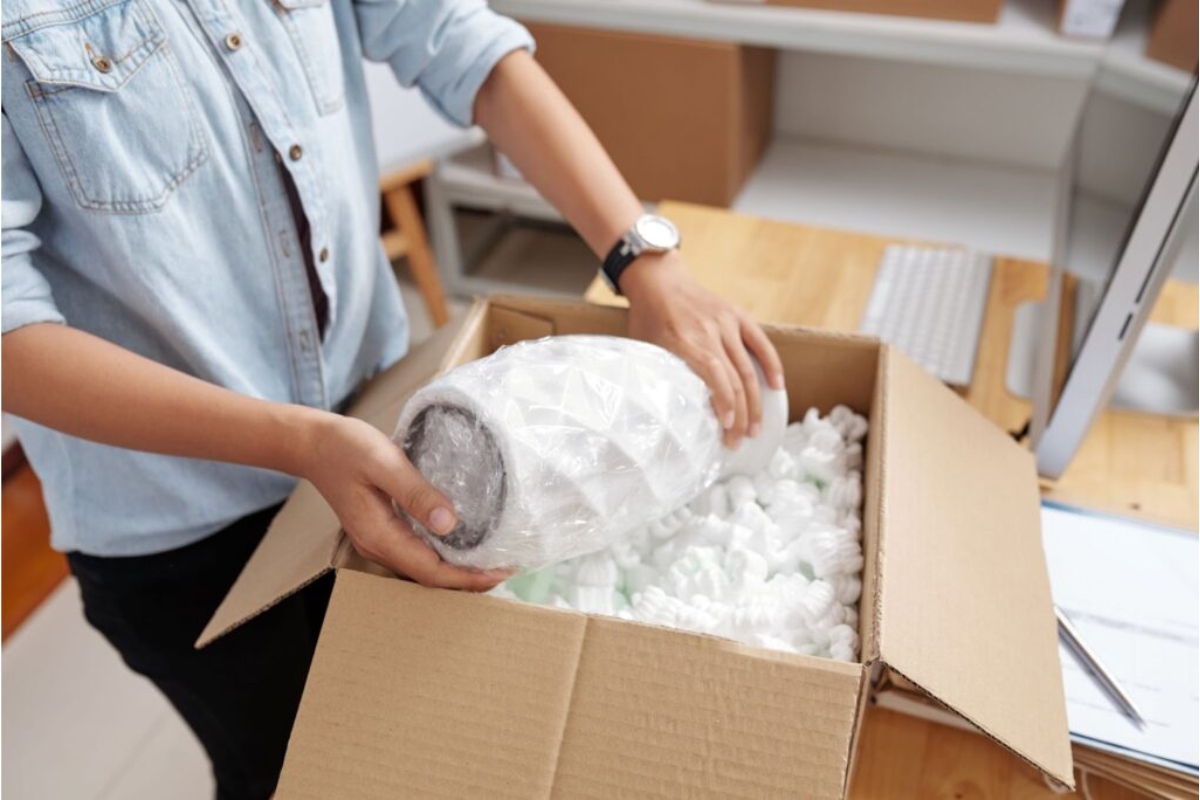


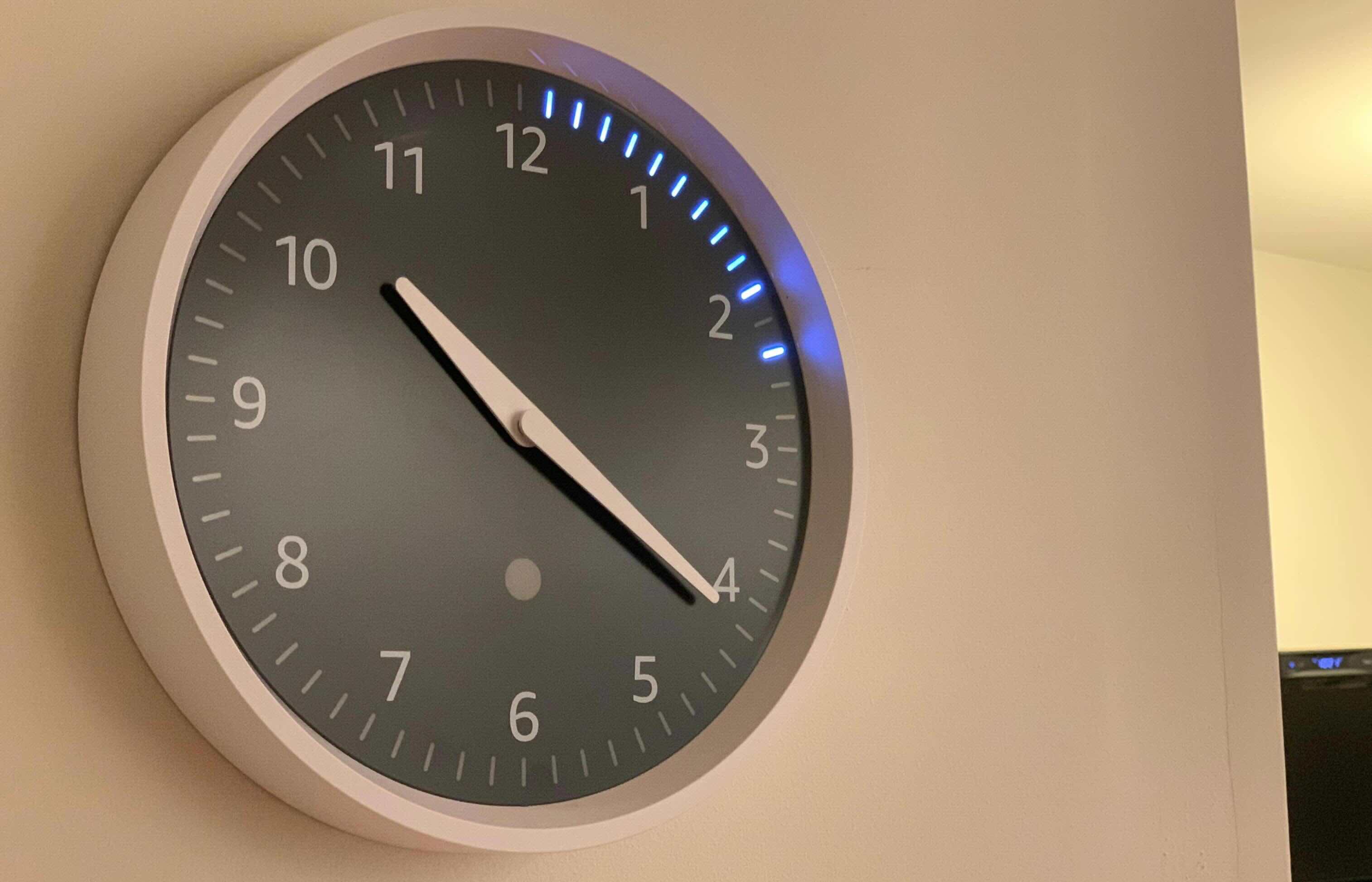

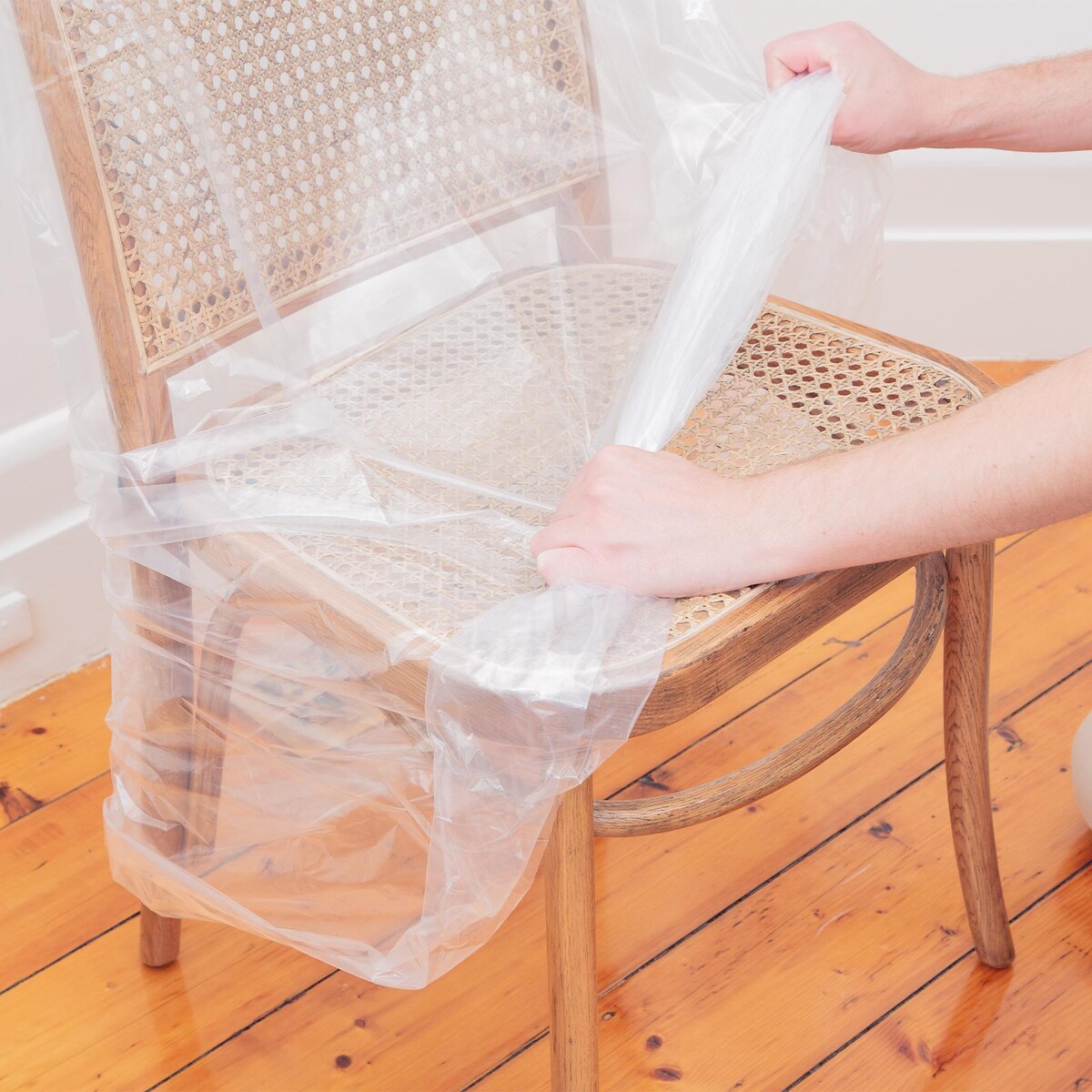


0 thoughts on “How To Pack A Bed Frame For Moving”